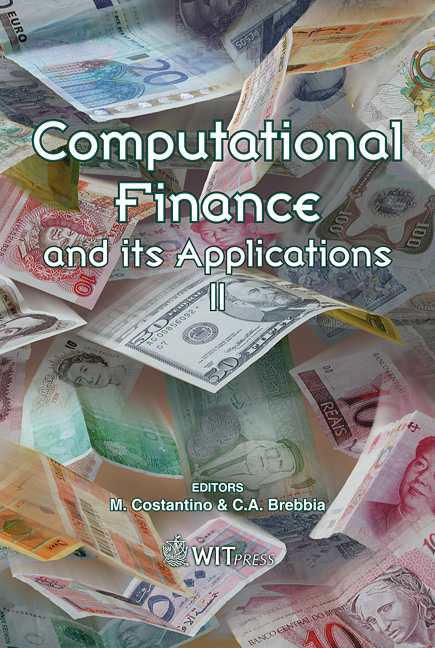The More Transparent, The Better – Evidence From Chinese Markets
Price
Free (open access)
Transaction
Volume
43
Pages
10
Published
2006
Size
485 kb
Paper DOI
10.2495/CF060121
Copyright
WIT Press
Author(s)
Z. Wang
Abstract
The Chinese stock markets, including the Shanghai Stock Exchange and the Shenzhen Stock Exchange, increased the real-time public dissemination of limit order book from the 3 best ask and bid quotes to 5 best on December 8, 2003. This change in transparency regime allows me to assess the effect of pre-trade transparency on the two markets. The most striking finding is that the effect of an increase in pre-trade transparency on the two different markets is quite similar. I find that the informational efficiency of price improves significantly, the market liquidity increases significantly, the volatility of price decreases and the component of asymmetric information in the bid-ask spread reduces after the two Exchanges adopt this action to improve transparency. Keywords: market transparency, limit order book, bid-ask spread, liquidity, volatility. 1 Introduction O’Hara [11] defined market transparency as the ability of market participants to observe information about the trading process. Madhavan [9] divided transparency into pre- and post-trade dimensions. Pre-trade transparency refers to the wide dissemination of current bid and ask quotations, depths (bid sizes and ask sizes), and possibly also information about limit orders away from the best prices, as well as other pertinent trade related information such as the existence of large order imbalances. Post-trade transparency refers to the public and timely transmission of information on past trades, including execution time, volume, price, and possibly information about buyer and seller identifications. Previous theoretical research finds that transparency affects market quality, including liquidity, trading costs, and the speed of price discovery. Models by
Keywords
market transparency, limit order book, bid-ask spread, liquidity,volatility.





